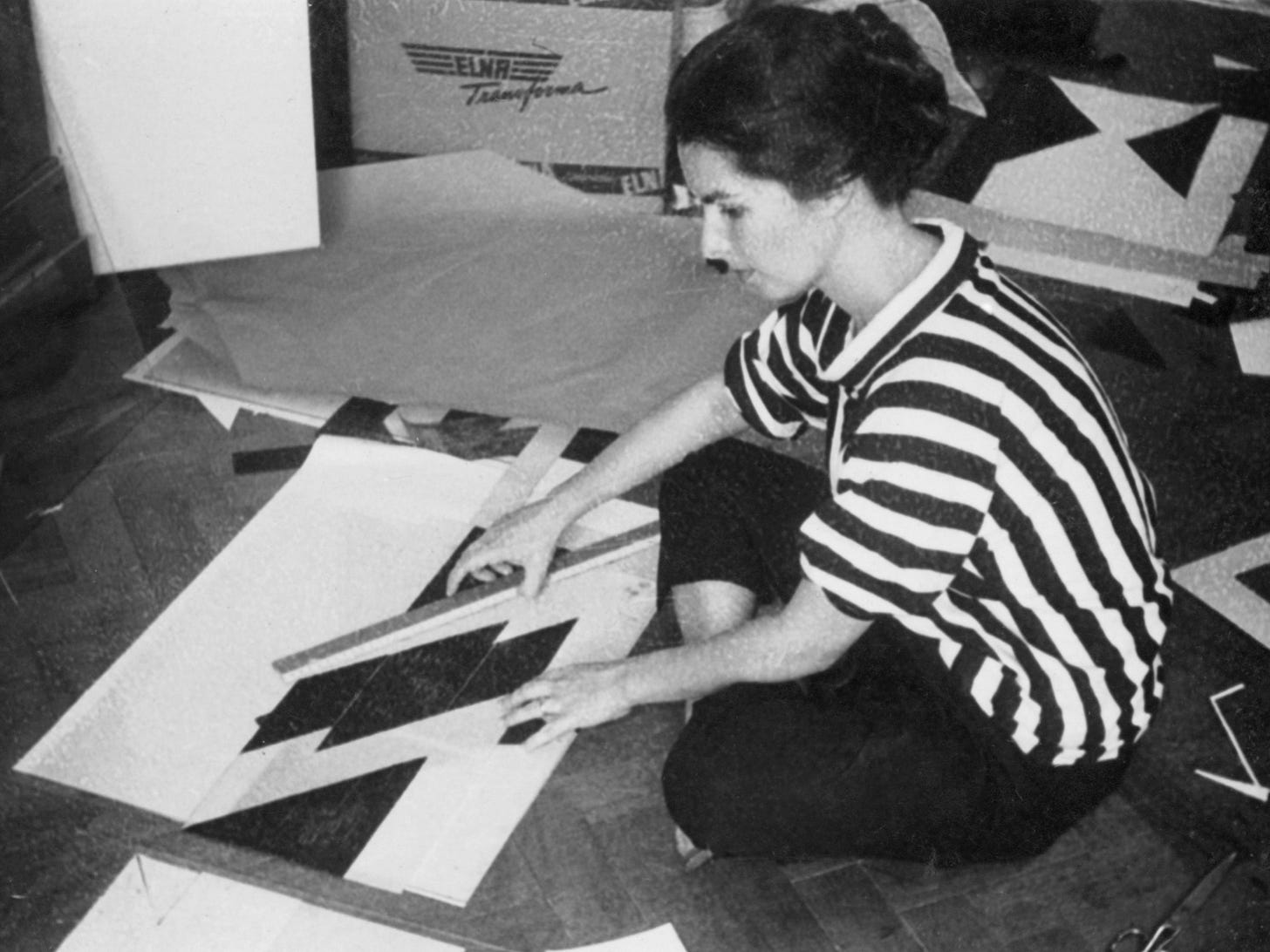
Hello from the end of July. We’re just back from a weekend of tie-dying and archery: the center of summer.
Here are five fragments that stuck with me last week…
…I hate to rain on this parade but json prompting isn’t better. This post doesn’t even try to provide evidence that it’s better, it’s just hype.
It physically pains me that this is getting so much traction
- I’ve actually done experiments on this and markdown or xml is better
- “Models are trained on json” -> yes they’re also trained on a massive amount of plain text, markdown, etc
- JSON isn’t token efficient and creates tons of noise/attention load with whitespace, escaping, and keeping track of closing characters
- JSON puts the model in a “I’m reading/outputting code” part of the distribution, not always what you want
– Noah MacCallum on X, July 27, 2025. Noah works on applied AI at OpenAI, so this post registered to me as more conclusive than most. I’ll admit I was swayed by the initial hype post he quotes here when it floated across my feed, so it was helpful to hear this counterbalance. I found the idea of enticing a model into a “mode” (in this case, “I’m reading/outputting code” by handing it something that looks like JSON) especially interesting.
Given that the work of art transcends mechanical space, the notions of cause and effect lose all validity in it, and the notions of time, space, form, and color are integrated in such a way—since they lacked any existence, as those notions, prior to the work—that it would be impossible to speak of them as elements that can be broken down. Neo-concrete art, affirming the absolute integration of these elements, vouches for the ability of its “geometric” vocabulary to assume the expression of complex human realities, manifest in many works by Mondrian, Malevich, Pevsner, Gabo, Sofia Taeuber-Arp, etc.
– Ferreira Gullar et al., “Neo-Concrete Manifesto,” March 22, 1959. I came across the Neo-Concrete Movement this week and decided I needed to go straight to the source. Per Wikipedia, the movement “rejected the pure rationalist approach of concrete art and embraced more phenomenological art” and “called for greater sensuality, color, and poetic feeling in concrete art.” My kind of scene.
The art lies in building a collaborative process where AI helps you discover and structure your ideas, but you remain the final arbiter of texture—knowing when smoothness serves your purpose, and when roughness is exactly what the piece needs.
– Katie Parrott, “How to Keep Your Writing Weird in the Age of AI,” Every, July 25, 2025. Also: “The trick is recognizing when you’re smoothing away confusion versus character.” True, and this whole line of thought reminded me of Benoît Mandelbrot’s claim that he’d spent his entire career developing a theory of roughness. (I highlighted Mandelbrot’s memoir in the very first edition of Diagonal.)
Due to the characteristics of the wood, the woodcutting process does not allow a repetition or edition of identical prints. The lines and textures of the wood become filled with ink and a deep wash would also change the block’s surface and the capacity of ink absorption by the wood block. As a result, the hues were used one single time.
– Paula Pape, “A Conversation on Lygia Pape,” January 14, 2019. Lygia Pape was a leader in the Neo-Concrete movement, and so far one of my favorites. (She’s also pictured in the image for this post.) This is from an in-depth conversation with Lygia’s daughter. I must see the Book of Creation in person one day.
Good scientific results are surprising. What happens to science when nothing surprises us?
– Michael Black on X, July 22, 2025. Reflections from one of the greats on the challenge of marking progress in a deluge of miracles.
Until next time,
Diana
https://dianaberlin.com




